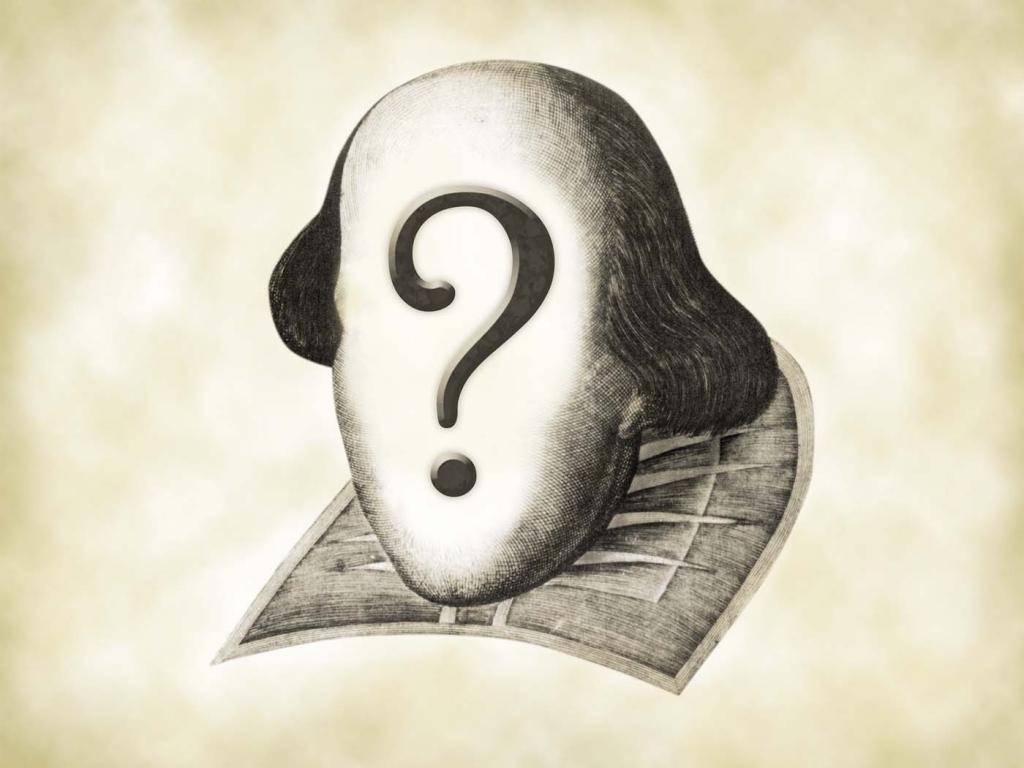Copyright is directly related to what a person creates. F. M. Dostoevsky spoke about the connection of creativity with people. Man is a creative nature, and as a result of his activity a certain product of his intellectual labor appears,
Copyright Objects
Nowadays, in the age of development of information technology, the result of intellectual activity are inventions and other objects of patent rights.
The main objects of the rights of authors include works expressed in:
- orally (public performance, performance);
- volumetric spatial form (hand-made mock-ups, installations, structures, sculptures, etc.);
- writing (literary works, scripts, translations);
- in the form of an image (painting, graphics, design);
- video, sound recording, recording on electronic media (music, any video, photographs, computer programs).
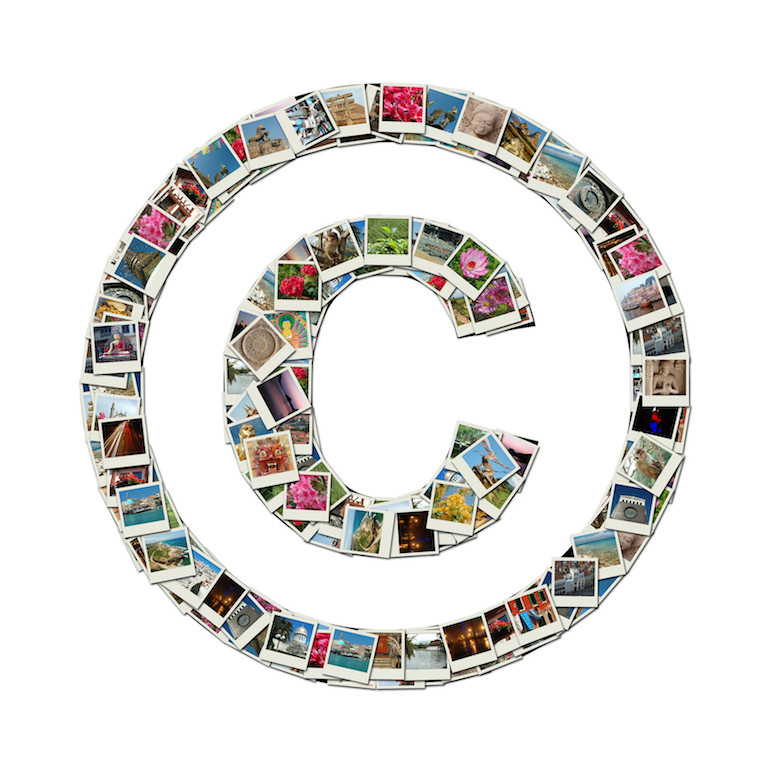
A detailed list of objects is contained in the law on copyright and related rights.
In a large number of cases, the result of intellectual activity is executed on a tangible medium. For example, on disk, paper, photo and videotape. Such a carrier is protected by property law.
Currently, the issue of protecting the rights of authors and patent holders is very relevant. Since the obligatory registration of products of creative or scientific work is not required, many authors find it difficult to prove their authorship.
Actors
The subjects of copyright and patent law are:
- Creators (persons who invented a work or invention).
- Patent owners (persons who received a special document - a patent for an invention, confirming the right to dispose of the invention at their discretion, including selling the right to use).
- The heirs of the authors (70 years since the death of the creator).
- Legal entities (if they obtain a patent or unions of authors).
- State.
The difference between patent and copyright
Copyright and patent rights differ in the following ways:
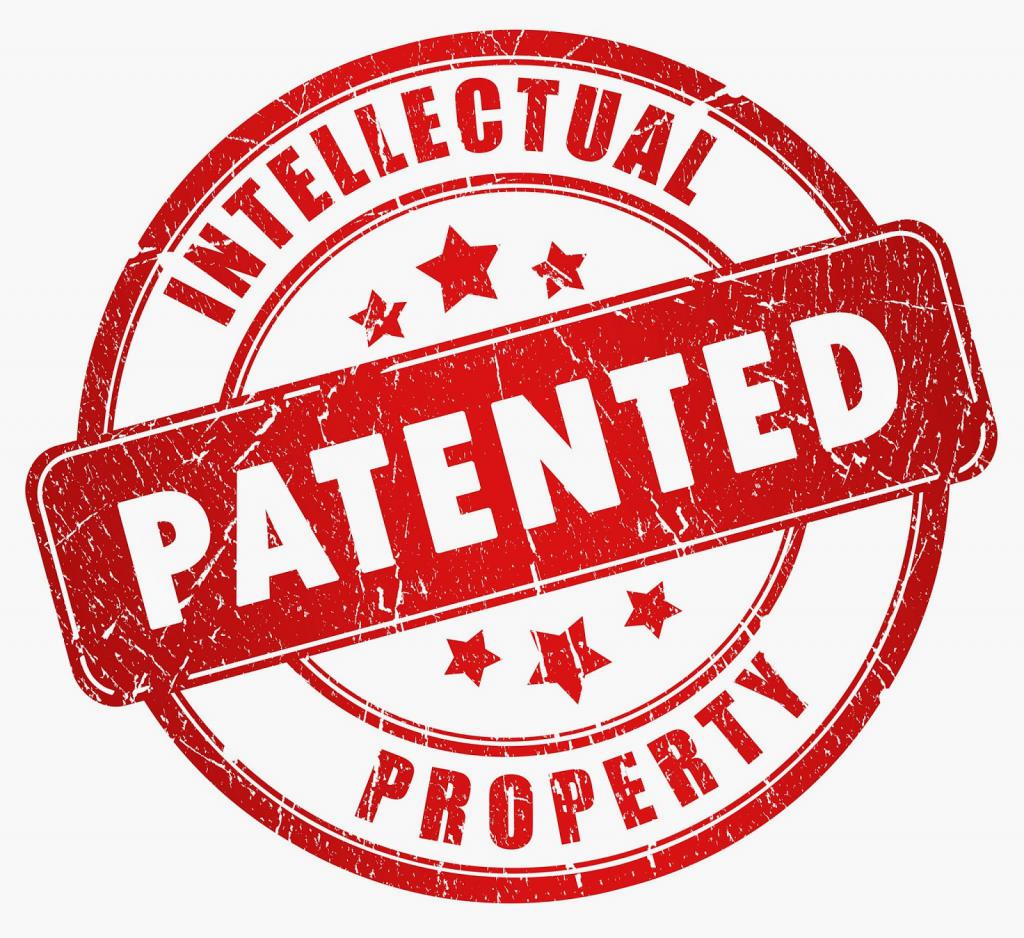
- According to the object. Patent rights include rights to products of intellectual labor in the scientific and technical field. It can be any invention (device, substance, method), model or industrial design.
The results of intellectual work in the field of science, literature and art are a copyright product.
- Under the terms of the acquisition of the right.
In the event that the invention is new, subject to application in industrial, agricultural, medical and other economic fields, it may be patented.
Registration of works of art, literature and science is not required.
- In terms of rights.
The creator of the work has the right to:
- authorship (creation of a work by a specific person);
- exclusive right;
- name (mentioning your name when broadcast on television or radio, duplicating);
- inviolability (the content of a work cannot be changed, its editing, addition or change of a part without notifying the author is not allowed);
- publication (publication);
- access right;
- right to recall.
The patent law includes only the exclusive right and the right to authorship.
- By validity. In order to obtain a patent, it is necessary to prove the novelty of the invention and the usefulness of its application in industrial, agricultural, medical and other economic fields.
The exclusive right is the property of the creator for life, while the term of patent law is 20, 10 and 15 years.
Violation of exclusive and personal rights
Violations of the exclusive and personal rights of the creator are usually expressed in the use and dissemination of the results of intellectual work without the permission and appropriate compensation of their creators and owners.
You can also often find attribution of authorship to the results of someone else’s work.
Responsibility for violation of rights
For violation of exclusive and personal copyrights by the Civil Code of the Russian Federation, the Code of Administrative Offenses and the Criminal Code of the Russian Federation, liability is provided.
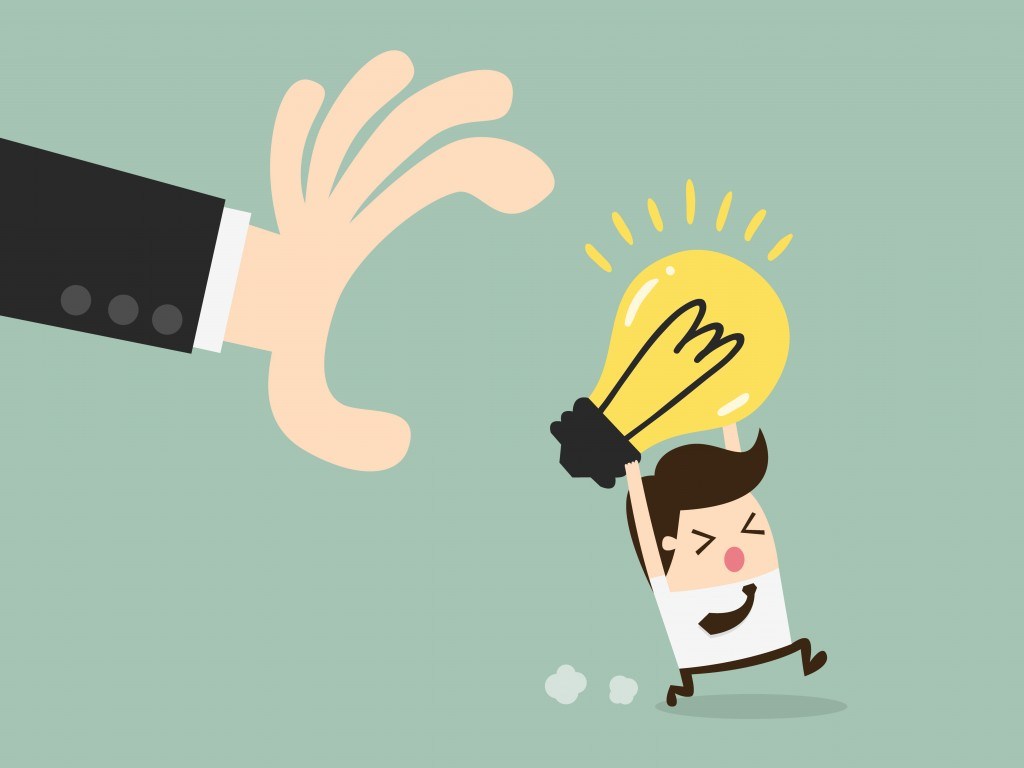
Before deciding in what form to protect the rights, authors and patent holders should know the types and measures of responsibility.
In case of violation of exclusive and other rights, civil liability is established, it provides for compensation for the author of losses or payment of compensation to him for violation of his right.
Administrative responsibility provides for a fine from the violator in the amount established by Art. 7. 12 of the Administrative Code and occurs in the case of the sale of counterfeit products or an indication on the works and phonograms of incorrect information about the copyright holders.
One of the results of protecting the rights of authors and patent holders is the involvement of the perpetrator of a crime under art. 147 of the Criminal Code. According to this article, a violation of rights is manifested in the application of the invention or disclosure without the consent of the author (owner) about its nature. A crime is also the publication of information about an invention, the appropriation of authorship, or coercion to co-authorship.
When using copyrighted works and counterfeit products for the purpose of making large-scale profits (Article 146 of the Criminal Code of the Russian Federation), liability arises under criminal law.
It should be noted that the application of administrative or criminal liability depends on the size of the profit and only one type of the presented can be applied. Civil liability may apply regardless of fault or damage.
Internet copyright
Nowadays, any information is available on the Internet. We publish our photos on social networks, upload author’s poems, scripts, share ideas, and the results of our intellectual work are appropriated by other people, our photos are used by owners of various sites.
With the advent of the Internet, various audio, video, text and other information has become available, which is the result of the intellectual work of different people.
The exclusive right may be alienated by the author to any person, including on the Internet.
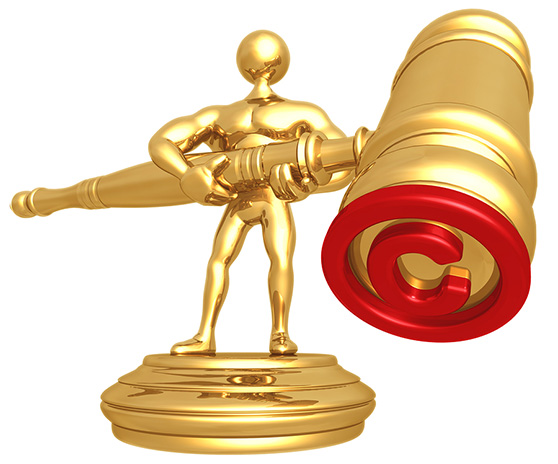
Quite a lot of the network both paid and free programs. In this case, the owner of any site, posting information, must ask permission from the author of the work, phonogram or photo.
Without the consent of the creator, information can be used only for personal purposes, that is, for yourself.
For example, you can download books from a site for reading to yourself, but it is prohibited by law to duplicate a copy of a book for sale without asking permission from the creator.
But, as always, there are exceptions. No one has the right, without the permission of the author or patent holder, to copy databases, computer programs, even for themselves. You can’t make videos of works of films to make copies and sell them.
You can quote the author’s article on your website or page on social networks, while not forgetting to specify the author.
Ways to protect rights
Authors and patent holders have the right to defend their legitimate interests in any legal way available.
The choice of the method of protecting the rights of authors and copyright holders depends on which right was violated.
If the exclusive right is not respected, the author may demand:
- to compensate the offender for losses incurred;
- terminate actions violating the right;
- recognize the right of the author;
- recover compensation for violation of rights (excluding damages);
- to withdraw the material carrier on which the result of intellectual labor is located;
- publish a court decision establishing a valid copyright holder.
A feature of protecting the rights of authors and patent holders in Russia is the protection of personal moral rights.
Judicial protection of personal rights includes:
- recognition by the court of authorship;
- compensation for non-pecuniary damage;
- publication of a court decision on an offense.
Also protecting personal rights includes upholding the business reputation, honor and dignity of the creator of a work or invention.
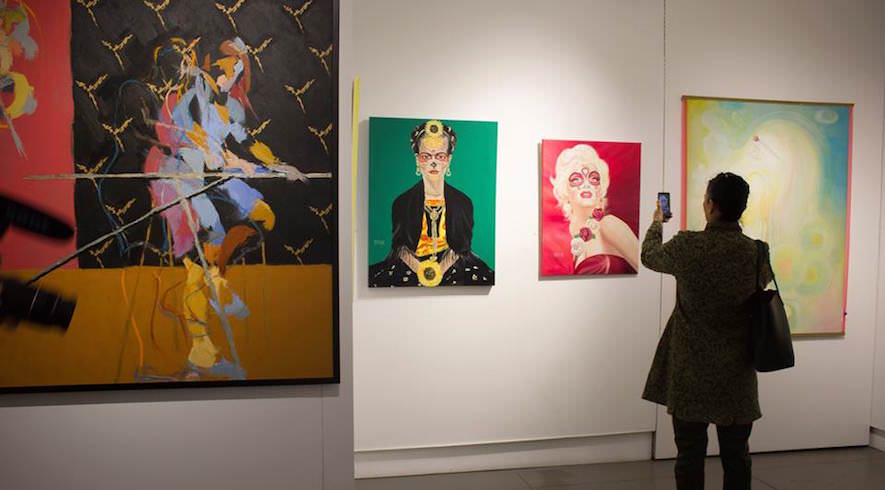
In other countries, the protection of the personal rights of the creators of products of intellectual labor is not provided, first of all, the property rights of authors are protected. For example, in the USA, authorship belongs to the creator (writer, inventor) for life and cannot be alienated to another person, however, the author may refuse in writing to claim the result of his own labor.
One of the modern ways of protecting the rights of the author (creator) is the use of technical means and copyright. For example, when maintaining his site (blog), the author may make the content inaccessible for copying. Also, there are currently programs that install anti-plagiarism online.
In the event that the author or other copyright holder is an entrepreneur or legal entity, he has the right to declare unfair competition to the antimonopoly authority.
The author of the site may warn about the possible consequences of the illegal use of materials from his site.
To protect photos on the network, watermarks are applied.
The copyright to the website, or rather to its individual objects, can be registered.
Registration is subject to:
- domain name (subject to the original name);
- software (developers own all rights);
- design;
- Information on the site (text, photos, graphics, etc.).
One of the ways to protect information on the network is notarization of documents (electronic or printed).
In case of the discovery of his personal information or other copyright material, the creator has the right to send the owner of the site on which plagiarism was discovered, illegal copying, etc., a claim in which to offer to delete the information within 24 hours.
Another interesting way to protect authorship on the network is to copy copyright materials to disk and place it on the depositor of the website.
Features of patent protection
The protection of the rights of authors of patent law and patent holders is one of the complex disputes considered in our country.
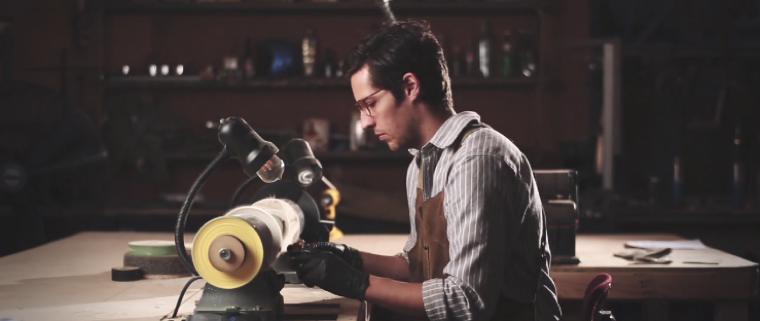
Patent rights protection may require:
- patent holders (persons in a manner specified by law that have received a special certificate (patent);
- licensees (persons using the result of intellectual work in accordance with a special contract);
- authors (creators of the product of intellectual labor);
- the heirs.
Let's talk about the differences in the protection of the rights of authors and patent holders briefly.
Patent owners for protection of the violated right may apply:
- to the Intellectual Property Rights Court;
- Federal Antimonopoly Authority;
- to the Chamber of Patent Disputes.
The authors have the right to resolve the dispute in the pretrial order and when filing a lawsuit.
Due to the fact that the law provides for state registration of a patent, given the possibility of contesting the grant of patents, patent holders have the right to challenge the actions (inaction) of Rospatent. Disputes of this category shall be settled only in court.
Pre-trial (claim) procedure
In 2017, the provisions of the Civil Code of the Russian Federation amended Article 1252.When applying to the arbitration court, compliance with the pre-trial order is mandatory if the rightholders and violators are entrepreneurs or legal entities.
Settlement of contentious issues related to the restoration of copyright infringement is possible during negotiations with the infringer. The author’s request may be an indication of his name and (or) payment of compensation by the violator on a voluntary basis.
The rights of authors and patent owners are protected in the form of a claim.
The claim must indicate:
- all known data (registration information) about the violator (address, name, legal entity name, site name) and personal information about the author (name, place of residence);
- the situation that caused the violation of copyright, a description of how the violation was made;
- references to the norms of legislation that are violated;
- requirements of the creator of the product of intellectual labor to stop the violation and other requirements (monetary compensation);
- consequences of unsatisfaction (denial of satisfaction) of the stated requirements (defense in court);
- proof of authorship.
Judicial defense
To implement civil law protection of rights, authors and patent holders apply to the court.
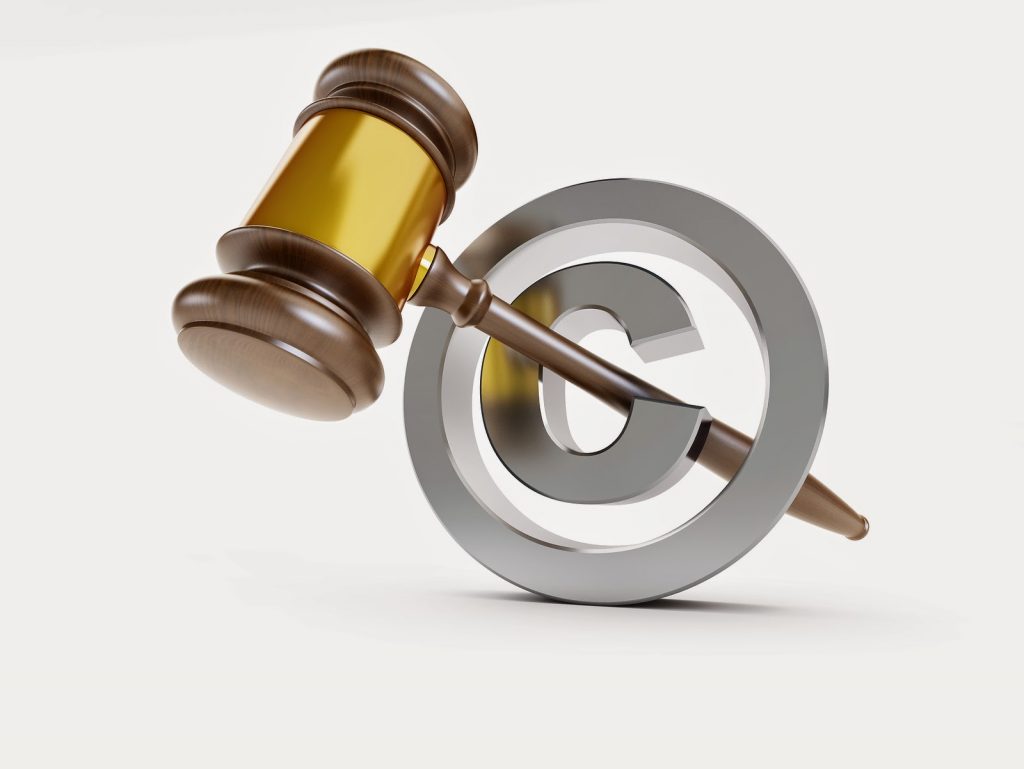
Disputes in the field of copyright related rights are considered in a court of general jurisdiction if one of the parties to the dispute is an individual (citizen).
In the event that the author and violator are individual entrepreneurs or legal entities, the dispute should be considered by jurisdiction in an arbitration court.
Before filing a statement of claim or at the same time as filing a lawsuit, the creator must write a request for preliminary interim measures, which indicate the type of measure:
- seize copyright or counterfeit work;
- oblige the violator to stop any actions aimed at the use and distribution of the products of the author’s creativity.
A statement of claim must be filed in court in writing. The outcome of the trial depends on the form in which the rights of authors and patent holders are protected.
The order of consideration of the claim:
- adoption of interim measures (determination is made);
- consideration of the claim in court with a study of all evidence of the existence of rights, the results of which the court decides to satisfy the claims of the author or patent holder;
- sending a decision to the violator (site owner) to prohibit certain actions.
Proof of Authorship
To protect the rights of authors and patent owners, the plaintiff (creator, owner) must prove that he has exclusive or personal right to a particular work or invention.
Do not forget about the presumption of authorship. In the event that the name of the author is indicated on the original or copy, it will be deemed to belong to him.
Significant evidence in court will be the expert’s opinion. The plaintiff may petition for an examination and attribution.
The court may appoint computer, linguistic, handwriting, art history and other types of examinations.
Over the past 10 years, the most significant evidence in court has been notarization of authorship.
